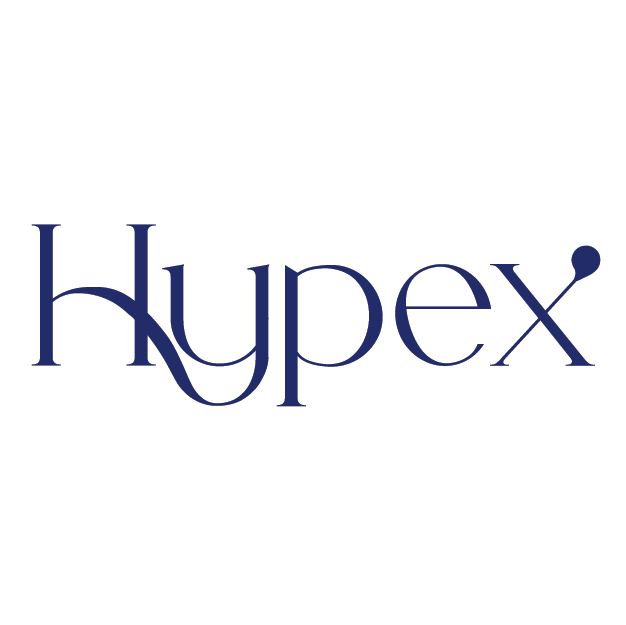PRIOR RESEARCH STUDIES
PRIOR RESEARCH STUDIES
WordPress Users
Client: Large University
Hypex helped a university identify and understand its WordPress (WP) users’ gaps and pain points. In moderated interviews, users first described typical WordPress activities, and then shared their screen and walked through those tasks using the website builder and theme. A set of users not affiliated with the university served as a control group and were interviewed with the same discussion guide.
Research verified suspected gaps and found a common set of user challenges across all WP themes used. Conversations uncovered onboarding and training material opportunities, and drawing from previous roles and studies, Hypex shared thoughts for other user education and help opportunities. Findings were used to make UI improvements for a new theme and create training materials and help opportunities.
Edge Management Solution Mixed Methods Research
Client: Large Technology Organization
Executed a multi-phased series of studies designed to inform design and engineering stakeholders about organizations’ current edge infrastructure workloads, including workflows, gaps and pain points and reaction to new concepts. All findings were synthesized into an integrated story, which engineering and design used as an input into developing the long-term strategy and roadmap.
Phases were comprised of:
Exploratory interviews identified current workload management practices, including tools used and existing gaps. Research validated hypotheses about diversity in edge infrastructure management across organizations and typical roles.
Unmoderated interviews gathered potential user perceptions of high-level workflows. These revealed a number of gaps and challenges that would need to be resolved for evaluation consideration.
Tree testing found that language under consideration did not resonate. Target users were challenged to map language to key tasks, leading to workstreams to refine language used in the GA product.
Feedback was gathered about five use cases; users then used a dollar allocation to prioritize potential positive business impact for their organizations. This data informed the long-term investment strategy.
Mid- and high-fidelity UX screens usability testing providing key insights, including feedback of features that closed gaps, redundancies with current solutions, use drivers and inhibitors and target users. Data has been injected into long-term planning.
New Technology Adoption Exploratory Research
Client: Large Technology Organization
An organization needed to identify specific use cases and verticals to which new technology would best map in order to build a sales play book.
Research kicked off with stakeholder interviews, identifying core questions to be answered and develop hypotheses.
A small number of expert interviews provided a deeper understanding of the current and anticipated future state of the technology for business users.
A series of exploratory interviews with IT Decision Makers (ITDMs) and Business Decision Makers (BDMs) identified technology adoption drivers, potential use cases and characteristics of those industries most likely to adopt.
This was followed by a survey to quantitatively identify use cases and industries.
The organization gained a deep understanding of the target audience and acquired the data needed to build the play book.
“Zero to Hero” Concept Testing
Client: Large Technology Organization
A service used to onboard new users to cloud and edge services was undergoing a site redesign, with the goals of improving usability and establishing brand cohesion. In partnership with Design and Engineering, testing was run with two high-fidelity design concepts. One concept strongly resonating with users; use and preference drivers were identified and the team moved forward with the preferred design. The new website successfully relaunched, improving usability and cementing organizational brand cohesion.
A second research phase tested low- and mid-fidelity new feature designs. Feedback about the specific design and improvements provided data required to make core design decisions. The general availability (GA) feature successfully incorporated participant feedback, resulting in a rich and helpful experience.
New UX investments increased site traffic by 5%. Research also surfaced deep insights about current users, providing the team with foundational data supporting strategic investments.
Understanding a Digital Services’ User Base
Client: Large Technology Organization
An organization had limited knowledge of its extensive customer base. A series of studies gathered a rich set of user data, including similarities and differences through the lens of a specific user segmentation.
Users discussed how they used the service, and then shared their screen, describing and showing how they used. The second half of the conversation provided two insightful (and in hindsight, amazing) benefits. First, users often stumbled into unmentioned usability challenges as they walked through steps taken to complete frequent tasks. Second, video clips were extremely compelling, providing design and engineering stakeholders with an unfiltered and impactful view of user struggles.
Users were asked to complete a series of tasks in a follow-up study; this yielded a detailed and diverse data set of pathways taken and time needed to complete core tasks.
Another study dove deep into a specific user groups use of the platform within the context of other tools as part of overall business processes.
Data collected educated engineering, design and leadership stakeholders about its users, leading to feature investments intended to close gaps and pain points.

